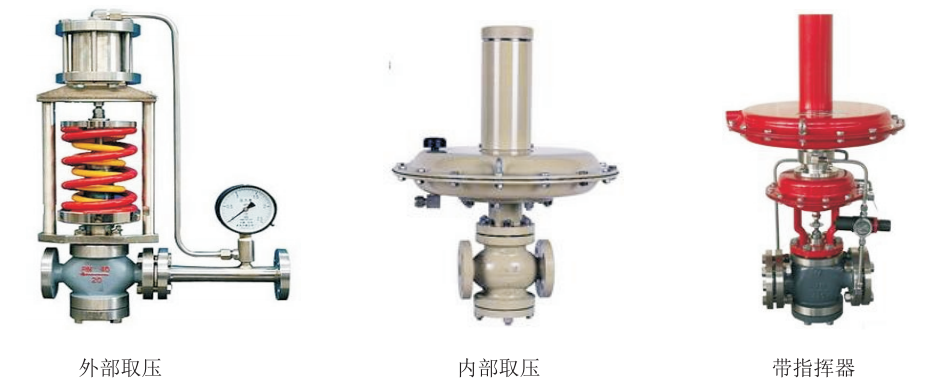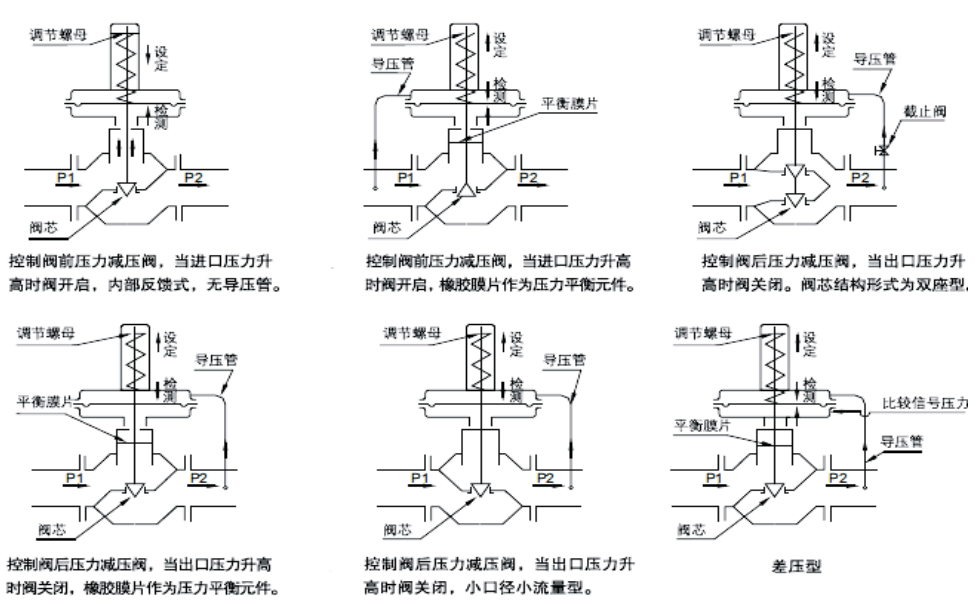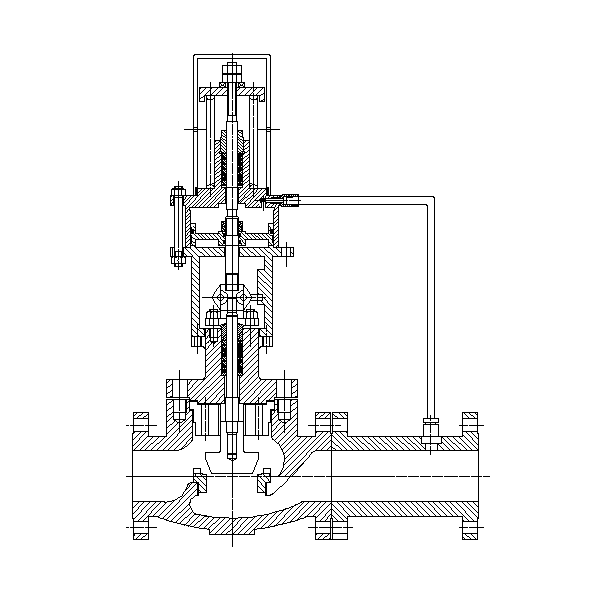Self-Actuated Pressure Regulating Valve
Category: Self-Operated Regulating Valve
Product Details
Overview
The self-operated pressure regulating valve requires no external power source; instead, it uses the energy inherent in the controlled medium itself as its driving force. By introducing this internal energy into the actuator, the valve precisely controls the position of the valve core, thereby adjusting the pressure difference and flow rate across the valve and maintaining stable pressure either upstream (before the valve) or downstream (after the valve). This self-operated pressure regulating valve consists of key components such as the valve body, valve core, valve seat, valve stem, diaphragm cover, and sensing element. It features finely segmented pressure ranges that overlap seamlessly, delivering exceptional control accuracy. Primarily designed for applications involving gases, liquids, and steam, this valve effectively manages tasks like pressure reduction, pressure relief, and pressure stabilization. Its versatility makes it a popular choice for use in a wide range of industrial equipment, including those found in industries such as petroleum, chemical processing, power generation, metallurgy, food production, and light manufacturing.
Exterior Drawing

Principles of Stress Management

Self-Actuated Pressure Regulating Valve
Self-operated pressure regulating valves are classified into pressure-closing type and pressure-opening type.
Features of the Pressure Regulating Valve with Shut-Off Function
This valve takes pressure measurement downstream, with the valve core initially in the open position. As the downstream pressure rises, the valve core gradually reduces its opening, thereby regulating both the downstream pressure and flow rate to maintain the pressure at a stable, preset value—achieving the purpose of pressure reduction and stabilization. The valve is widely used for automatic control applications involving pressure reduction and stabilization in gaseous, liquid, and steam media.
Main Technical Parameters
Nominal diameter: DN15–DN300 mm
Nominal pressure: PN1.6–6.4 MPa, ANSI 125–400
Valve body material: Carbon steel, stainless steel Valve internal components material: Stainless steel
Flow characteristics: Quick-opening
Flow coefficient: Cv 8–1750
Leakage Level: (Hard) Class IV, (Soft) Class VI Pressure Regulation Range: 15–2500 (kPa):
Connection method: Flanged
Operating temperature: -29°C to +350°C
Features of the Compression-Type Pressure Regulating Valve
This valve takes pressure upstream of the valve itself. Initially, the valve core is in the closed position. As the upstream pressure rises, the valve core gradually opens wider, adjusting both the upstream pressure and flow rate to maintain the upstream pressure steadily at a predetermined value—thus achieving the purpose of pressure stabilization. It is widely used in automatic control systems for pressure reduction, pressure stabilization, or pressure relief in applications involving gases, liquids, and steam media.
Main Technical Parameters
Nominal diameter: DN15 to DN300 mm
Nominal pressure: PN1.6–6.4 MPa, ANSI 125–400
Valve internal component material: Stainless steel
Valve body materials: Carbon steel, stainless steel
Flow characteristics: Quick-opening
Flow coefficient: Cv 8–1750
Leakage Level: (Hard) Grade IV, (Soft) Grade VI
Pressure regulation range: 15–2500 (kPa)
Connection method: Flanged
Operating temperature: -29°C to +350°C
Keywords: Self-Actuated Pressure Regulating Valve
Previous: Direct-Acting Pressure Regulating Valve
Next: No!


